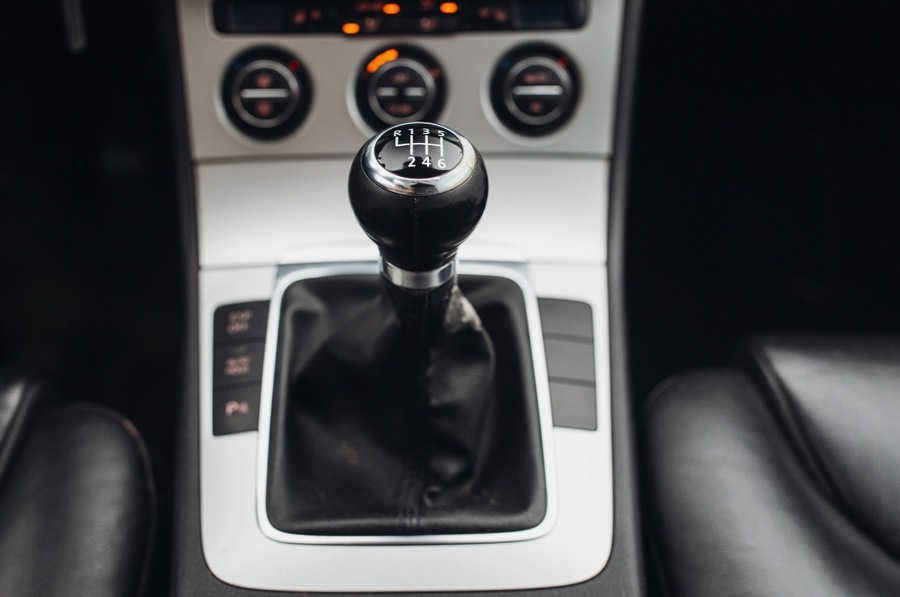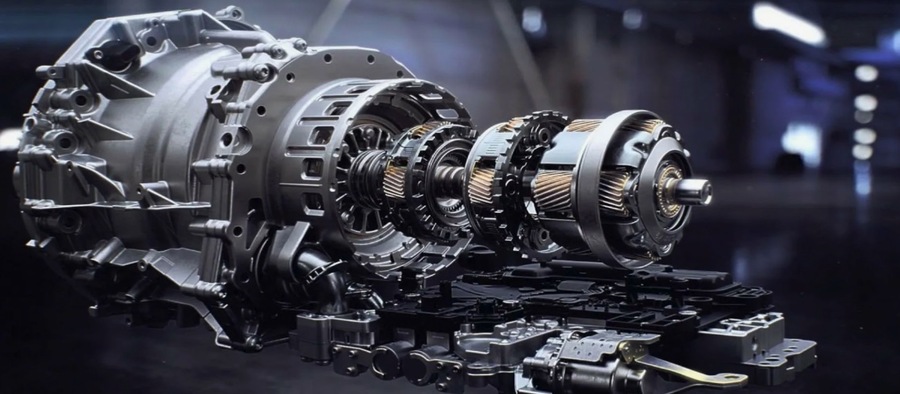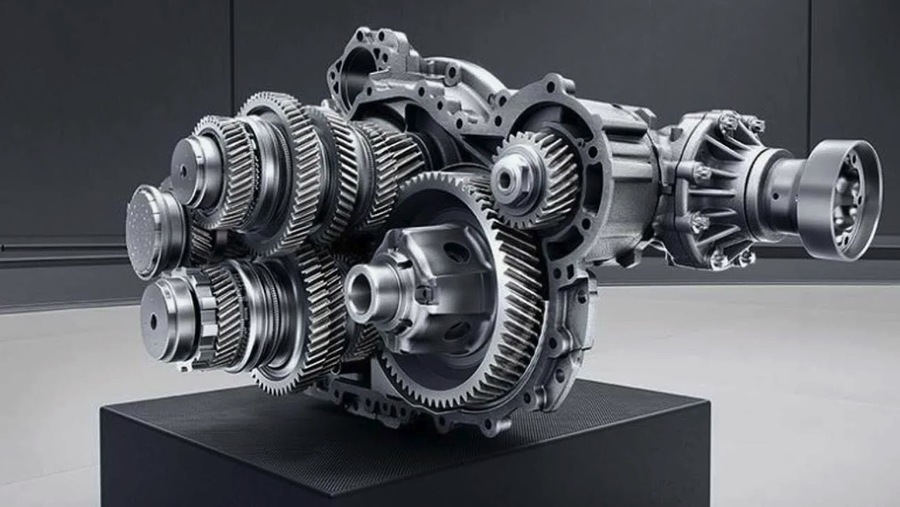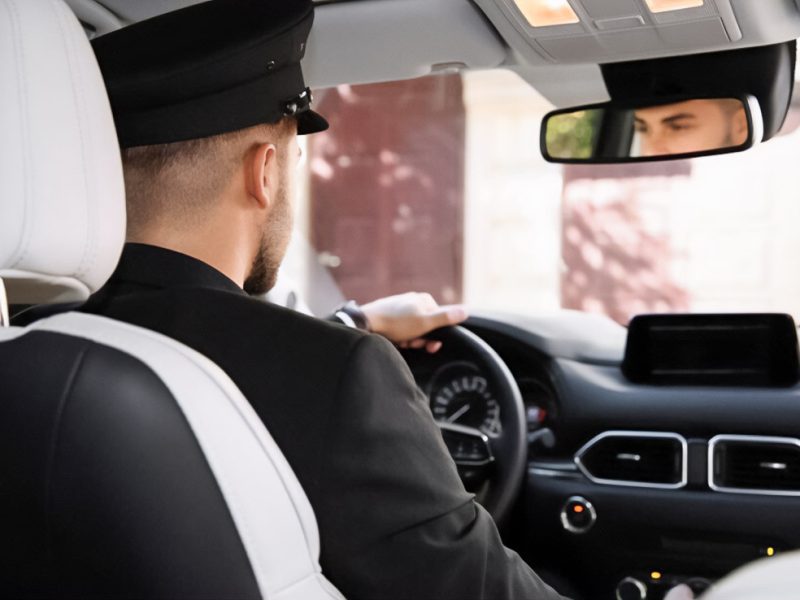An auto gearbox, or automatic transmission, is a crucial component in modern vehicles that allows the engine to operate efficiently across various speeds. Unlike manual transmissions, which require the driver to manually select gears, automatic gearboxes automatically change gears based on the vehicle’s speed and load conditions. This not only provides a smoother driving experience but also enhances fuel efficiency and engine performance. Automatic transmissions use a complex system of hydraulic and electronic controls to manage gear shifts, making driving more accessible and less demanding, especially in stop-and-go traffic. The continuous development of automatic gearboxes has led to innovations that improve their reliability, fuel economy, and overall performance, making them a popular choice among consumers worldwide. For those in need of a reliable vehicle, Al Mizan Car Rental offers a wide range of options featuring advanced automatic transmissions.
Types of Gearboxes in Automobiles
Manual Transmission (MKPP)
Manual transmission, also known as a manual gearbox or standard transmission, requires the driver to manually shift gears using a clutch pedal and gear stick. This type of transmission offers several benefits, including better control over the vehicle, improved fuel efficiency, and lower maintenance costs. However, it requires more skill and effort from the driver compared to automatic transmissions. Drivers who prefer manual transmissions often enjoy the increased engagement and control they have over the vehicle, particularly in sporty or performance-oriented driving scenarios. Despite the rise of automatics, manual transmissions remain popular in certain markets and among driving enthusiasts.
Automatic Transmission (ACP)
Automatic transmission, often referred to as ACP (Automatic Control of Power), automatically changes gear ratios as the vehicle moves, freeing the driver from having to shift gears manually. This type of transmission uses a torque converter to manage the power flow from the engine to the transmission, providing a smooth and effortless driving experience. Modern automatic transmissions are known for their reliability, durability, and fuel efficiency. Advances in technology, such as electronic control units (ECUs) and adaptive learning capabilities, allow automatics to optimize gear shifts for both performance and economy, making them suitable for a wide range of driving conditions and preferences.
Continuously Variable Transmission (CVT)
The Continuously Variable Transmission (CVT) is a type of automatic transmission that can change seamlessly through an infinite number of effective gear ratios. This allows the engine to run at its most efficient rpm for a range of vehicle speeds, improving fuel efficiency. CVTs are known for their smooth acceleration and are commonly used in compact cars and hybrids. By eliminating the need for traditional gear changes, CVTs provide a unique driving experience that can feel more responsive and less jerky than conventional automatics. However, some drivers may find the lack of distinct gear shifts less engaging.
Dual-Clutch Transmission (DCT)
The Dual-Clutch Transmission (DCT), also known as a robotic transmission or DSG (Direct-Shift Gearbox), combines the efficiency of a manual transmission with the convenience of an automatic. It uses two separate clutches for odd and even gear sets, allowing for nearly instantaneous gear changes without interrupting the power flow from the engine. DCTs are popular in high-performance and luxury vehicles for their quick shifting and enhanced driving dynamics. This type of transmission provides a unique blend of performance and fuel efficiency, making it an attractive option for drivers who want the best of both worlds. Despite their complexity and higher maintenance costs, DCTs are appreciated for their ability to deliver a more engaging and dynamic driving experience.

History of the Manual Transmission
The development of the manual transmission has a long and storied history:
– Model 1891 Panhard et Levassor: The first automobile to use a gearbox was the 1891 Panhard et Levassor. This early transmission design laid the foundation for future advancements in automotive gear technology. The Panhard et Levassor utilized a simple but effective mechanism to transfer power from the engine to the wheels, allowing for more efficient and controlled vehicle operation.
– 1929 Cadillac: The first car to use a manual transmission with a synchronizer was the 1929 Cadillac. This innovation allowed for smoother and easier shifting, reducing the need for double-clutching. The synchronizer mechanism matched the speeds of the gears being engaged, significantly improving the driving experience and setting a new standard for gearboxes in the automotive industry.
– 1980s: Five-speed gearboxes became widespread in the 1980s, providing drivers with better fuel efficiency and performance across a broader range of speeds. The additional gear allowed for lower engine RPMs at highway speeds, reducing fuel consumption and engine wear. This development reflected the growing emphasis on fuel economy and performance during this period.
– 1990s: Six-speed manual transmissions began appearing in high-performance cars in the early 1990s, such as the 1990 BMW 850i and the 1992 Ferrari 456, offering even greater control and efficiency. The introduction of six-speed gearboxes provided more precise gear ratios, enhancing both performance and driving enjoyment. These transmissions became a hallmark of high-performance and luxury vehicles, offering superior driving dynamics and fuel efficiency.
History of Automatic Transmission
The history of automatic transmission is marked by significant technological advancements and milestones:
– Early 20th Century: The first automatic transmission, known as the “Hydramatic,” was developed by General Motors in 1939. This early design used hydraulic fluid to control gear changes, revolutionizing the driving experience. The Hydramatic transmission eliminated the need for a clutch pedal and manual gear shifting, making driving more accessible and comfortable. This innovation quickly gained popularity, leading to widespread adoption in the automotive industry.
– 1940s-1950s: During the 1940s and 1950s, automatic transmissions became increasingly popular in American cars, offering convenience and ease of use. Innovations such as the torque converter and planetary gear sets improved performance and reliability. These developments allowed for smoother gear changes and better overall vehicle performance, cementing the automatic transmission’s place in the market.
– 1960s-1970s: The introduction of electronic controls in the 1960s and 1970s allowed for more precise and efficient gear changes. Automakers began offering more gears, leading to better fuel economy and performance. The integration of electronic control units (ECUs) enabled automatic transmissions to adapt to different driving conditions and styles, further enhancing their versatility and appeal.
– 1980s-Present: Modern automatic transmissions have continued to evolve with the integration of advanced electronics, computer controls, and improved materials. Today, automatics are known for their reliability, durability, and fuel efficiency, often outperforming manual transmissions in terms of overall performance. Continuous advancements in transmission technology have led to the development of multi-speed automatics, dual-clutch systems, and CVTs, each offering unique benefits and addressing different market needs.

The Evolution and Benefits of Modern Transmissions
Despite the practicality and popularity of manual transmissions, advancements in automatic transmission technology have made them more reliable, durable, and economical. Modern automatics, such as dual-clutch transmissions, have been designed to consume less fuel than traditional manual gearboxes. These advanced systems offer smoother and faster gear changes, enhancing both performance and driving comfort. Innovations such as adaptive shift logic, which adjusts gear changes based on driving conditions and style, have further improved the efficiency and responsiveness of automatic transmissions.
However, the complexity of modern automatic transmissions can result in higher repair and maintenance costs compared to manual gearboxes. This trade-off between convenience and cost is a significant consideration for many drivers. While automatics offer numerous benefits, including ease of use and improved fuel economy, their intricate design and reliance on advanced electronics make them more expensive to maintain and repair.
Why Choose Al Mizan Car Rental?
Al Mizan Car Rental, the leading car rental company in Dubai, offers customers a wide range of vehicles equipped with various types of gearboxes to suit their preferences. Whether you prefer the simplicity and reliability of a manual transmission or the luxury and convenience of an automatic, Al Mizan Car Rental has the perfect vehicle for you. The company provides options ranging from a simple and reliable Renault Logan for 58 AED per day to a luxurious Lexus IS350 for 320 AED per day. Al Mizan Car Rental ensures that you have the best driving experience, tailored to your needs and preferences. Their commitment to customer satisfaction and extensive fleet of vehicles make them a top choice for car rentals in Dubai.
Conclusion
The evolution of auto gearboxes, from the early manual transmissions to modern automatic systems, highlights the incredible advancements in automotive technology. Each type of gearbox offers unique benefits, catering to different driving styles and needs. As automatic transmissions continue to improve in reliability, durability, and fuel efficiency, they are becoming increasingly popular among drivers. However, the simplicity and control offered by manual transmissions still hold significant appeal for many. Understanding the history and benefits of each type of gearbox can help drivers make informed decisions based on their preferences and driving needs. Whether you prefer the tactile engagement of a manual or the effortless convenience of an automatic, Al Mizan Car Rental in Dubai offers a diverse fleet of vehicles to meet your every need, ensuring a satisfying and enjoyable driving experience.

Hockey fan, risk-taker, drummer, hand letterer and RGD member. Working at the intersection of modernism and intellectual purity to create strong, lasting and remarkable design. I work with Fortune 500 companies and startups.


